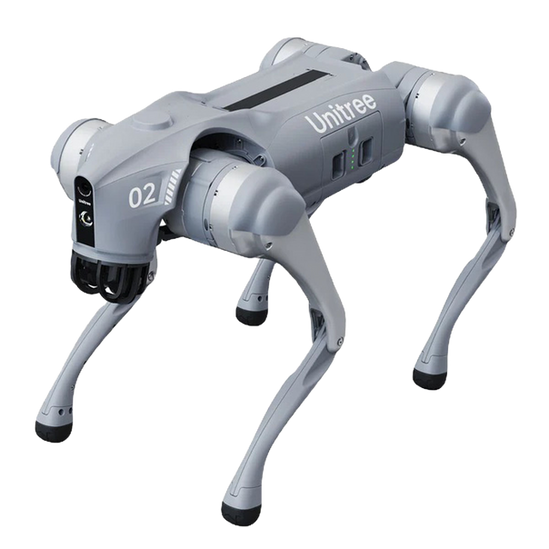VTOL (Vertical Takeoff and Landing)
A type of drone that can take off, hover, and land vertically, eliminating the need for a runway.
VTOL, or Vertical Takeoff and Landing, is a pivotal concept in the field of aviation and drone technology that signifies a revolution in how unmanned aerial vehicles (UAVs) operate. Its significance lies in the ability to take off, hover, and land vertically, eliminating the need for conventional runways. Understanding terms like VTOL is essential as it helps appreciate the innovations reshaping urban mobility, logistics, and countless industries where aerial capabilities are becoming increasingly integrated.
What is VTOL (Vertical Takeoff and Landing)?
VTOL refers to a type of drone that can take off, hover, and land vertically, eliminating the need for a runway. This remarkable capability enables these aircraft to function in constrained environments where traditional aircraft would struggle. VTOL technology utilizes various mechanisms ranging from rotors and propellers to tilt-wings, allowing for flexibility in design and operation, making it a versatile choice for numerous applications.
Key Concepts:
Lift Generation: The mechanisms by which VTOL aircraft achieve lift, such as rotor systems or ducted fans, are critical in allowing them to ascend and hover in place.
Control Systems: Advanced control algorithms enable the stability and maneuverability of VTOL aircraft during takeoff, hovering, and landing.
Hybrid Design: Many VTOL systems integrate both rotor and fixed-wing technologies to optimize efficiency and performance across various phases of flight.
Autonomous Navigation: Many modern VTOL drones leverage AI and GPS for autonomous flying, allowing for precision in tasks and reducing the need for manual piloting.
Applications and Relevance:
Urban Air Mobility: VTOLs are poised to transform urban transportation, enabling air taxis and on-demand flight services that ease congestion on the ground.
Delivery Services: Companies are employing VTOL drones for efficient last-mile delivery, rapidly transporting goods and medical supplies across urban areas.
Emergency Response: VTOL technology is vital in search and rescue missions, providing quick access to remote or disaster-stricken locations.
Agricultural Monitoring: Farmers are using VTOL drones for crop surveillance and monitoring, enabling precise assessments and data collection from above.
Challenges and Considerations:
Regulatory Hurdles: Navigating the complex landscape of aviation regulations poses a significant challenge for the widespread adoption of VTOL technology.
Noise Pollution: The noise generated by rotor systems can be a concern, particularly in urban environments, which may hinder acceptance and operation.
Safety Concerns: Ensuring the reliability and safety of VTOL operations, especially with fully autonomous systems, remains a critical consideration.
Battery Life and Range: Limitations in battery technology currently restrict the range and endurance of electric VTOL drones, affecting operational feasibility.
Future Trends and Innovations:
Advancements in Battery Technology: Research into more efficient battery systems could extend the range and capabilities of VTOL drones, making them more viable for various applications.
Integration with Smart Cities: The future may see the incorporation of VTOL services into smart city infrastructure, promoting seamless mobility systems.
Enhanced AI Algorithms: Ongoing developments in artificial intelligence will improve the autonomous capabilities of VTOLs, allowing for safer navigation and emulating human decision-making processes.
Public Acceptance Initiatives: Efforts to educate the public on the benefits and safety of VTOL technologies will be essential to foster acceptance and integration into daily life.
VTOL (Vertical Takeoff and Landing) technology stands at the forefront of innovation in aviation and transportation. Its ability to streamline air travel, logistics, and emergency services showcases its importance in addressing modern challenges and enhancing operational efficiency. As VTOL technology continues to advance, it promises to play a critical role in shaping the future of air mobility and integrating drones into various aspects of everyday life.














